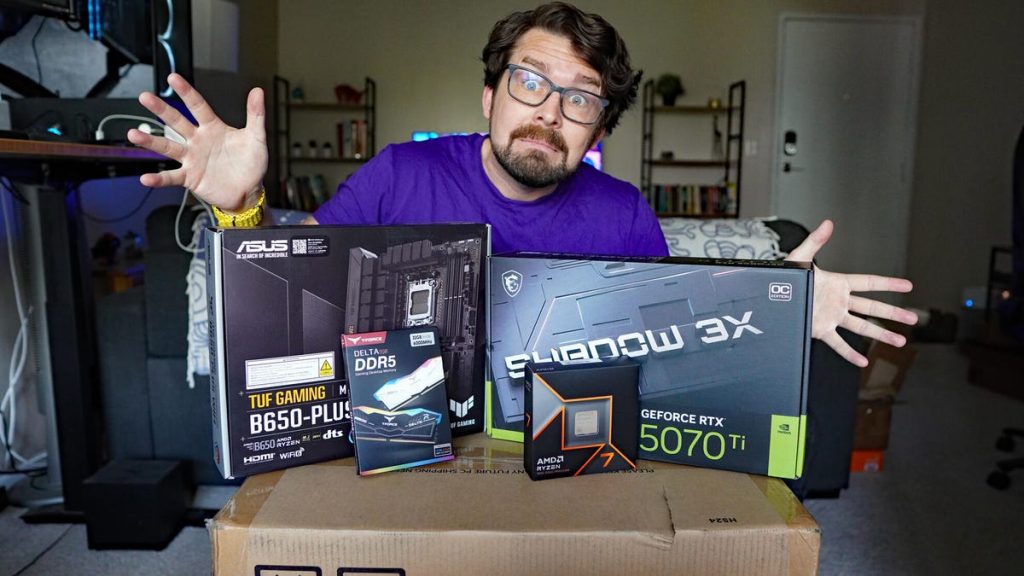Three weeks ago, while looking at the PC I assembled in 2020, I started getting invites for game previews that my aging hardware couldn’t support. Shortly after that, President Trump announced a hefty set of tariffs on imported goods. In a moment of panic, I decided to purchase a prebuilt PC.
Making impulsive tech decisions is generally not a good idea. However, given the lingering supply chain issues from the pandemic, my reaction was not entirely unreasonable. As the tariffs came into effect and were briefly paused for 90 days—though ramped up for China, a major source of PC components—uncertainty ran high. It might seem prudent to buy now before prices increase, but for the moment, they have not. My advice as a tech reporter? Don’t rush into purchases like I did.
Ryan Reith, Group Vice President at IDC, noted that rather than panic buying, many consumers are holding off on purchases. “There might be some incremental panic buying, but overall, channels are expected to maintain sufficient inventory for retailers,” he explained. “Actually, in June and through the second half of the year, elevated inventory levels are likely.”
In my haste, I consulted several Discord groups and did some quick research, eventually deciding on a NZXT prebuilt PC for $2,000, featuring a Ryzen 7 9700X CPU, Nvidia GeForce RTX 5070, and 32GB of DDR5 RAM—sufficient for 1440p gaming for the next four to five years. However, after Trump announced the rollback of tariffs, I took a step back to thoroughly research my options.
Ultimately, I realized I could upgrade my existing setup—featuring a Ryzen 5 3600 CPU, Nvidia GeForce GTX 1080, and 16GB of DDR4 RAM—without having to get an entirely new system. I considered a moderate upgrade for $700 to $800 but opted to invest $1,600 in high-end components for a more future-proofed setup.
As I type this on my newly assembled PC, I’m happy to report that everything worked out well. The process was a stressful whirlwind of last-minute decisions and component research. It became clear that there’s no universal guide for upgrading a PC amid such uncertainty, especially with potential future price changes due to tariffs.
Now that I’m aware of the inventory situation and the ongoing debates about component performance, I can confidently say that consumers shouldn’t panic about upgrading their PCs just yet. Despite the confusion surrounding tariffs and pricing, there are still options available. My advice? Make informed decisions based on the evolving situation, and remember that it’s crucial to prioritize quality and compatibility when choosing your components.



